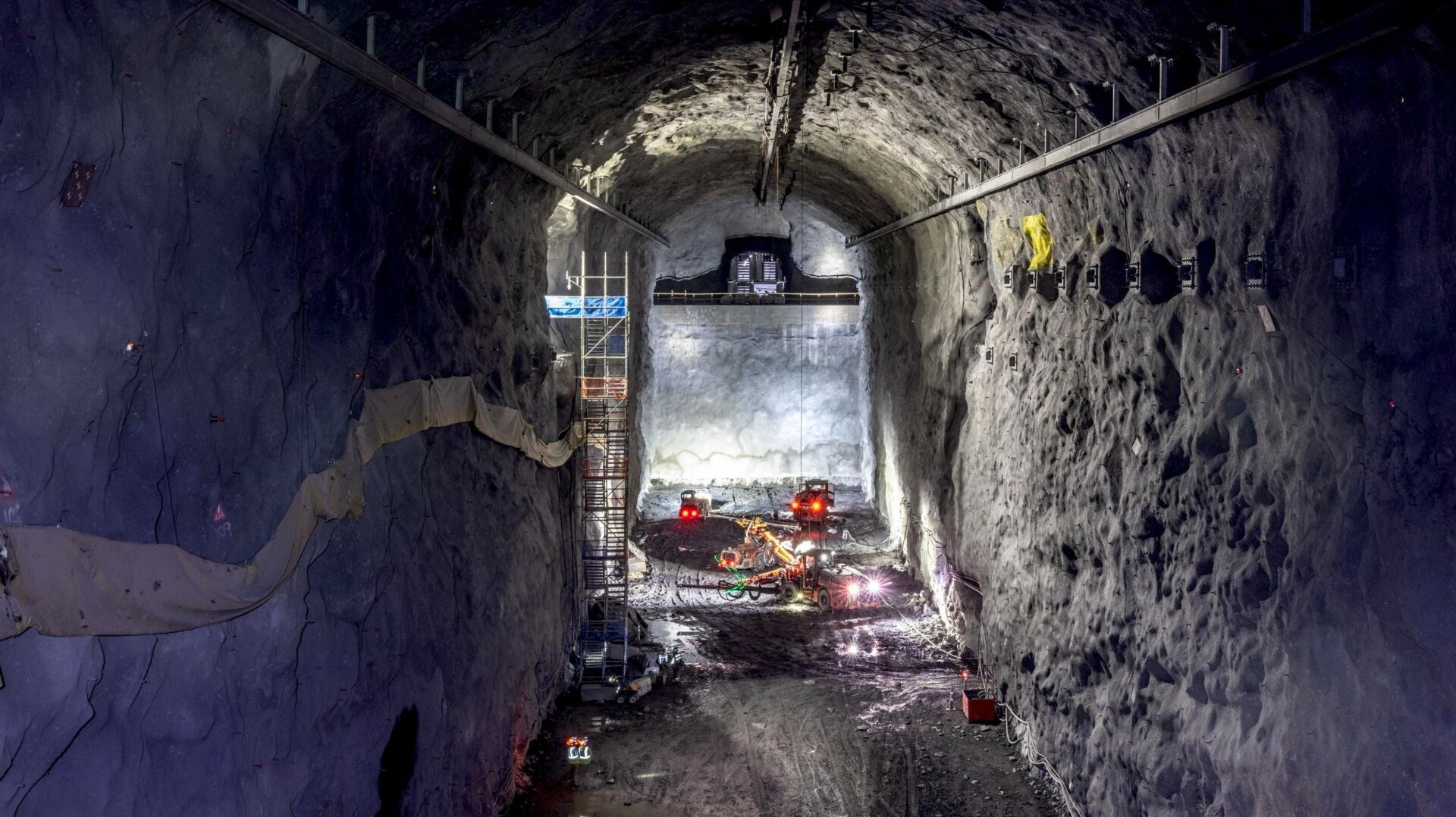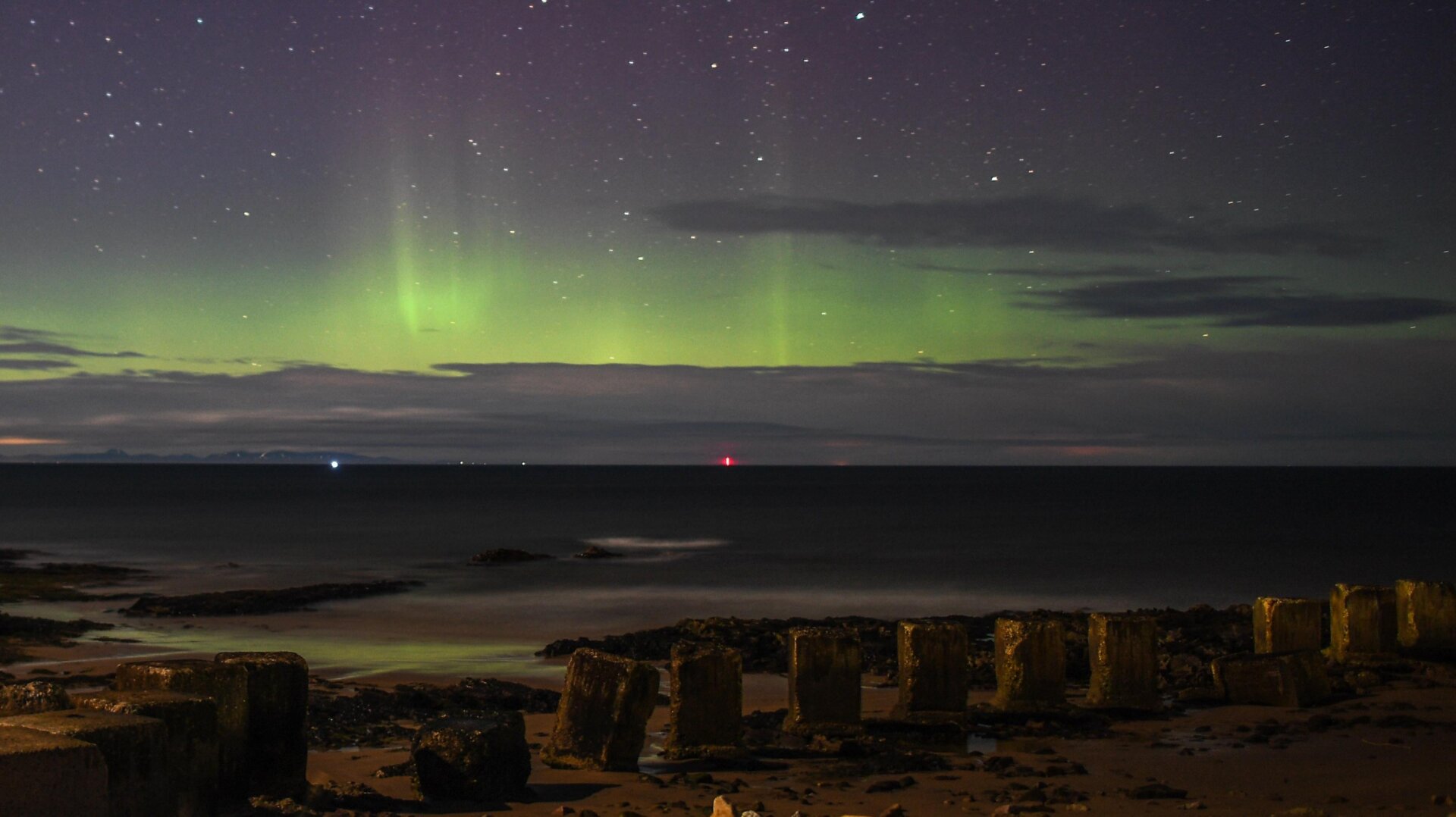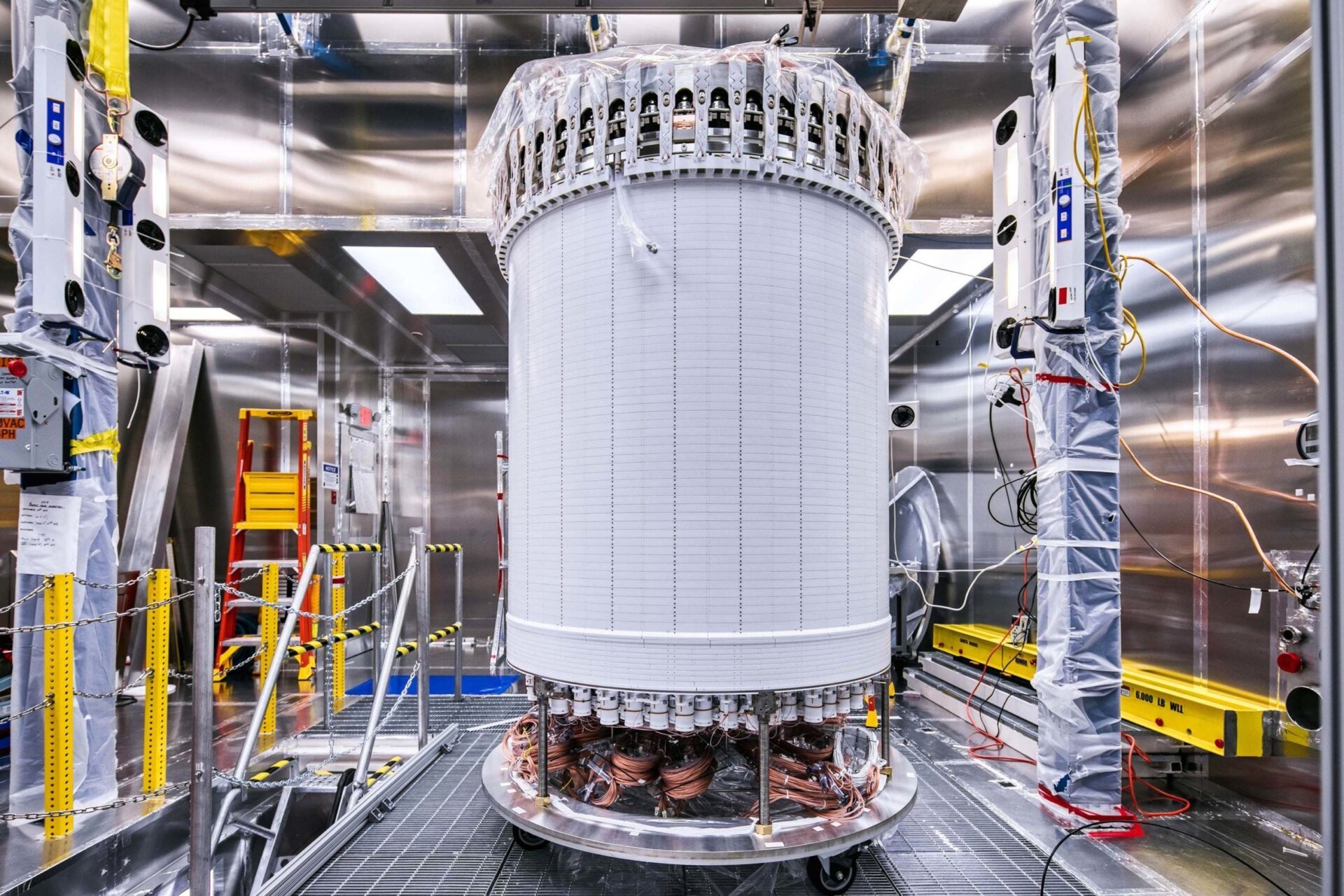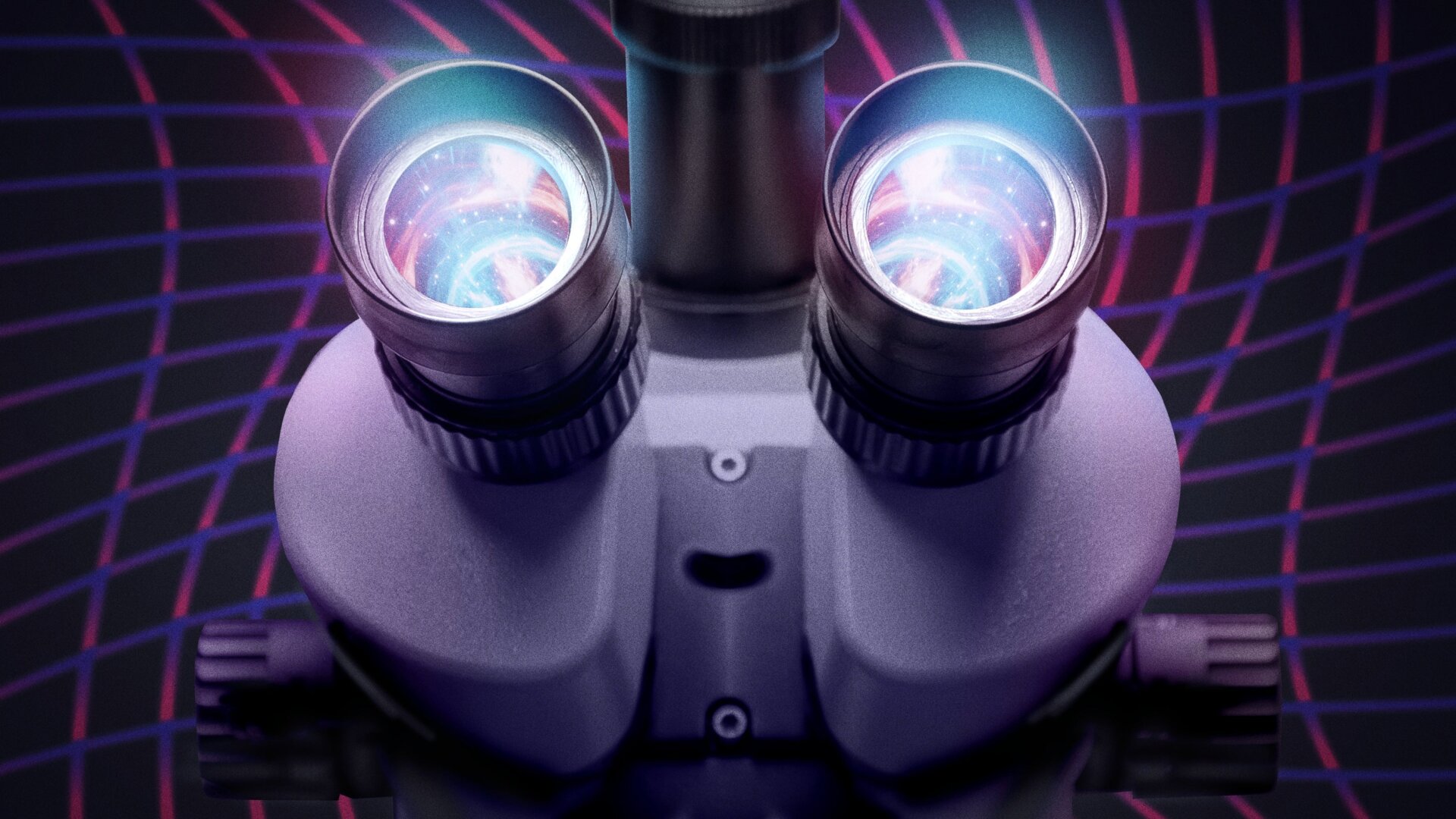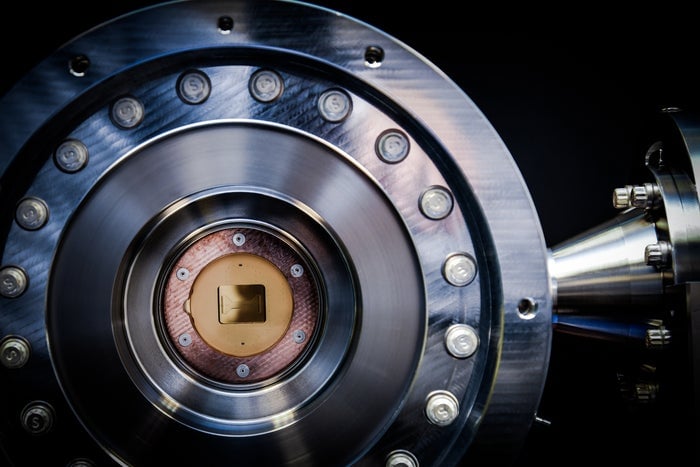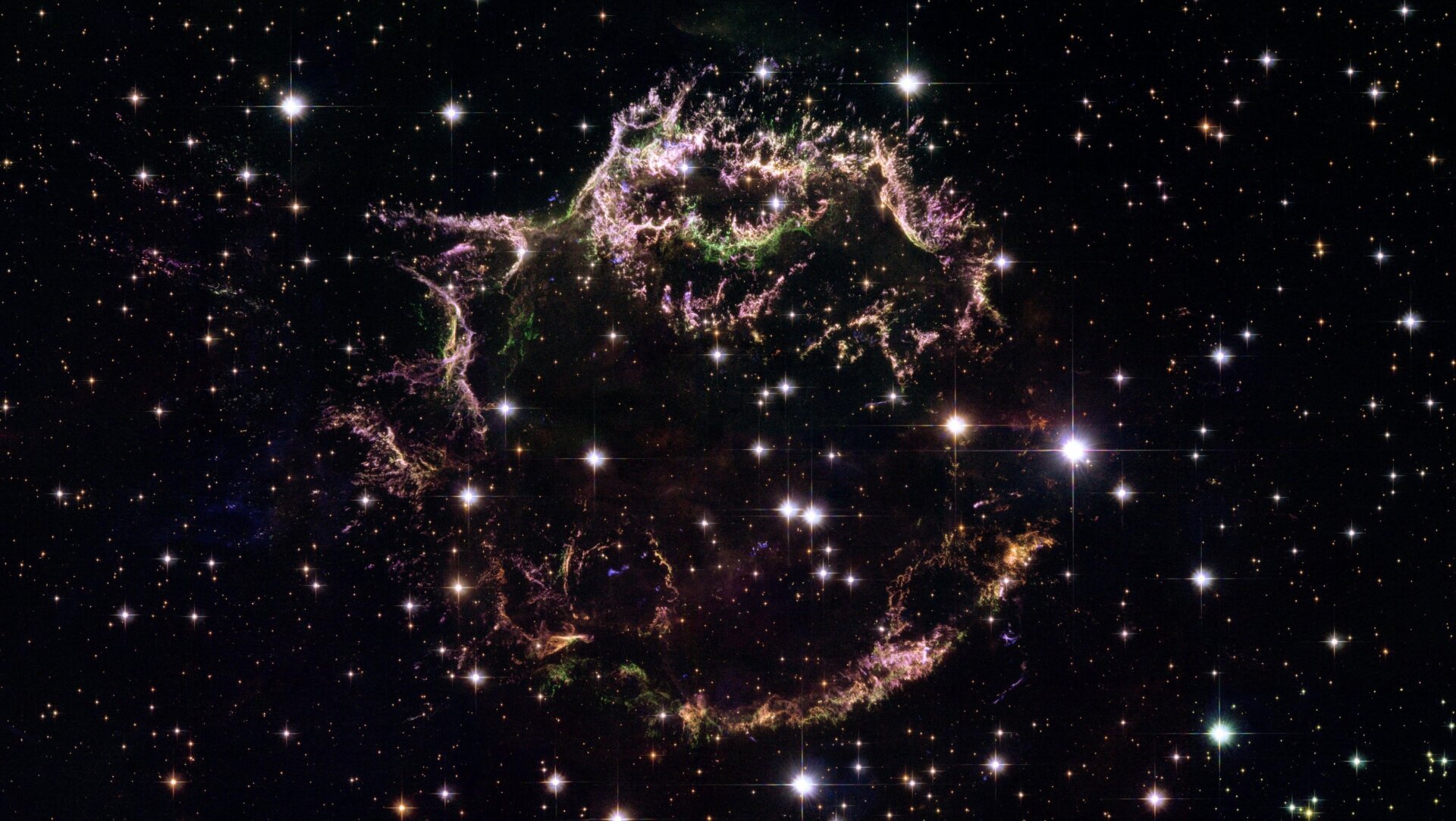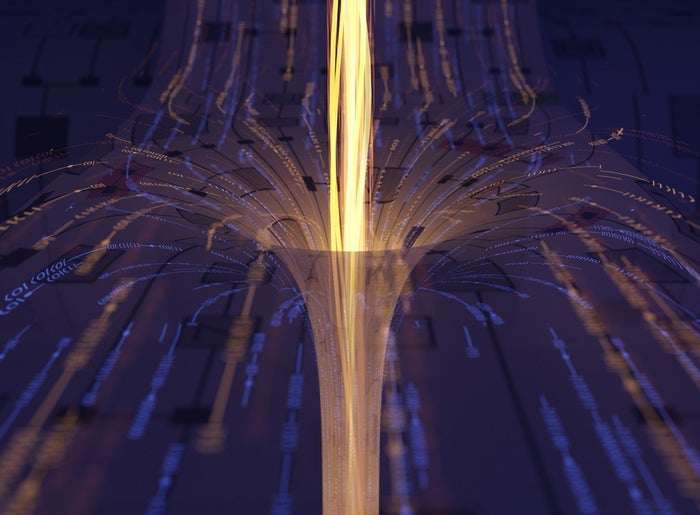The Deep Underground Neutrino Experiment (DUNE), located a mile beneath Lead, South Dakota, is poised to revolutionize our understanding of neutrinos. Three enormous caverns, recently excavated, will house the cutting-edge detectors needed for this ambitious project. But why such a monumental undertaking?
Trillions of neutrinos, the lightest particles with mass, pass through us every second. These fundamental particles, not made of smaller components, hold potential answers to some of the universe’s biggest mysteries, like the matter-antimatter asymmetry and the formation of black holes. DUNE, hosted by Fermilab, aims to detect these elusive particles and unlock their secrets. Neutrinos interact with ordinary matter only through the weak nuclear force, making their detection incredibly challenging. They may also offer clues about dark matter, an even more enigmatic substance only detectable through its gravitational influence.
The sheer scale of the DUNE caverns is dictated by the nature of neutrinos themselves. Each detector, roughly the size of a seven-story building, will be filled with 17,000 tons of liquid argon, chilled to -229 degrees Fahrenheit (-184 degrees C). This frigid argon acts as the interaction medium, enabling physicists to capture the rare neutrino interactions. The three caverns, covering an area equivalent to eight soccer fields, will house two detectors and the necessary utilities for their operation.
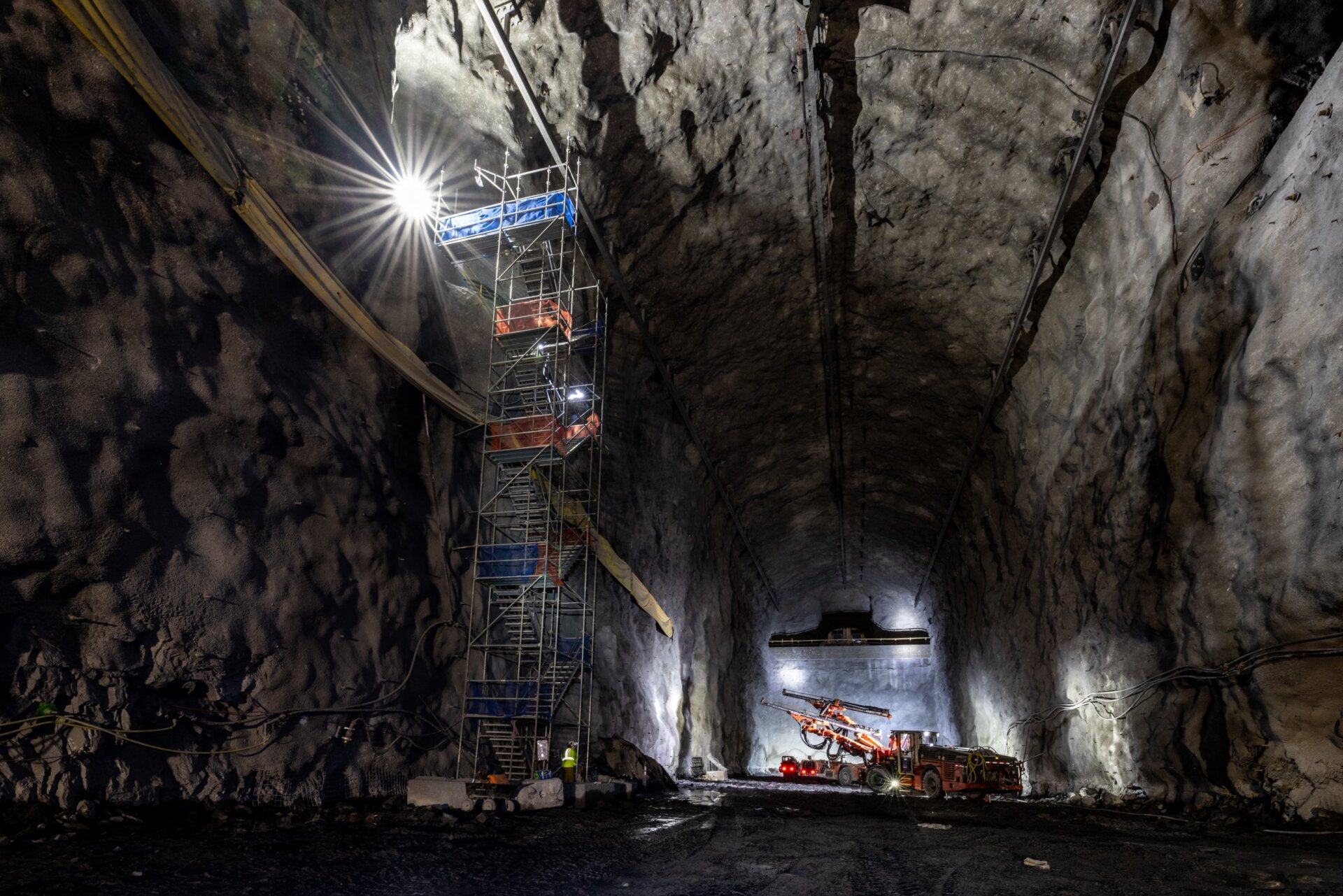 DUNE’s north cavern.The north cavern of the DUNE experiment, ready to house a massive detector. Photo: Matthew Kapust, Sanford Underground Research Facility
DUNE’s north cavern.The north cavern of the DUNE experiment, ready to house a massive detector. Photo: Matthew Kapust, Sanford Underground Research Facility
Neutrino detection requires enormous detectors due to the infrequency of their interactions with matter. A person-sized detector might capture a neutrino interaction only once every 100 years. DUNE, like the IceCube Neutrino Observatory in Antarctica, utilizes massive volumes to increase the likelihood of detection and gather meaningful data.
The excavation process involved removing nearly 800,000 tons of rock, which was then deposited in the Open Cut, a former mining area. This massive excavation project paved the way for the installation of the detectors, expected to be operational by 2029.
Excavated rock from the DUNE caverns.The Open Cut at the Sanford Underground Research Facility, filled with excavated rock from the DUNE project. Photo: Sanford Underground Research Facility
The DUNE experiment represents a significant step forward in our quest to understand the fundamental building blocks of the universe. Its findings could have profound implications for our understanding of cosmology, particle physics, and the nature of matter itself.
More: Physicists Detect Neutrinos for First Time Using Large Hadron Collider



